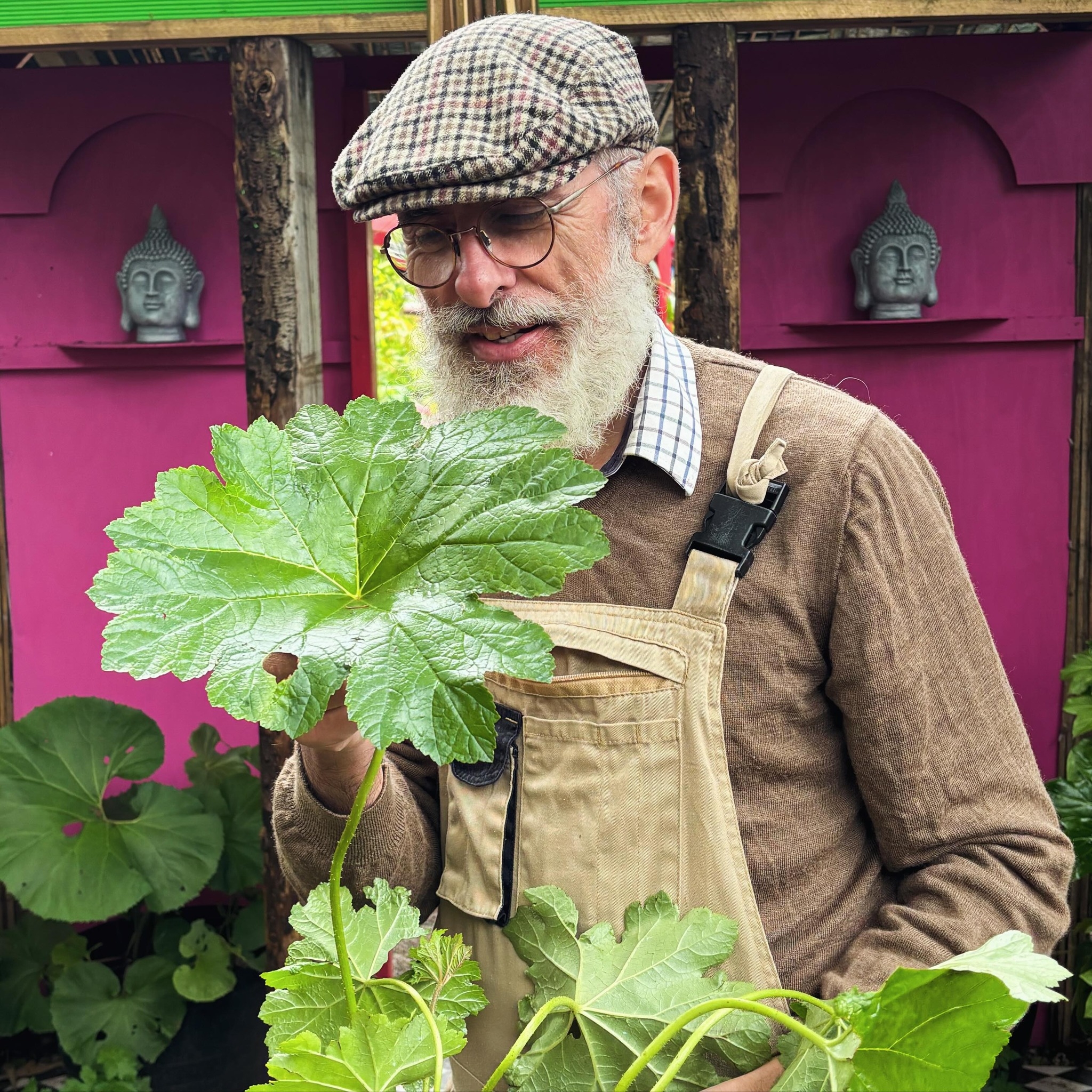John Innes compost is a trusted name in gardening, renowned for its consistency and effectiveness. This soil-based compost range has been a staple for gardeners seeking optimal growing conditions for their plants. But what exactly is John Innes compost, and what makes it so special? Let’s dive into its fascinating history and explore the differences between its formulations.
The Life of John Innes
John Innes (1829–1904) was a successful landowner, businessman, and philanthropist who lived in Merton, Surrey, England. Born into a wealthy family, Innes managed his family’s estates and became known for his interest in agriculture and horticulture. While he did not directly contribute to the development of the compost that bears his name, his legacy in gardening stems from his passion for advancing scientific research in the field.
Innes left a substantial portion of his fortune to establish the John Innes Horticultural Institution, which began operating in 1910. His vision was to support the study of plant science, soil health, and agricultural improvement. The institution’s researchers later developed the John Innes compost formulations, honoring his dedication to horticulture by naming the products after him. Today, his contributions are remembered as a cornerstone of modern gardening practices.
The History of John Innes Compost
The origins of John Innes compost date back to the 1930s, when researchers at the John Innes Horticultural Institute in the UK sought to create a reliable growing medium. At the time, gardeners faced challenges with inconsistent soil quality, which could hinder plant growth. The institute’s scientists developed standardized soil-based compost formulas designed to provide ideal drainage, aeration, and fertility for various plant needs.
Interestingly, John Innes himself, a 19th-century landowner and philanthropist, had no direct involvement in creating the compost. His endowment funded horticultural research, and the compost was named in his honor to recognize his contributions to gardening and science. The original recipes for John Innes compost were published in 1938 in the “Journal of the Royal Horticultural Society” and have since become a benchmark in horticulture.
The Differences in John Innes Soil Types
John Innes composts are divided into four main formulations, each tailored to different stages of plant growth and nutritional requirements:
1. John Innes Seed Compost
This mix is specifically designed for seed sowing and nurturing delicate seedlings. It has a low nutrient content to avoid overwhelming young roots while providing the ideal conditions for germination. The blend consists of loam, peat (or modern substitutes), sand, and a small amount of fertilizer.
2. John Innes No. 1
Ideal for young plants and cuttings, this compost provides slightly more nutrients than the seed compost, supporting steady early growth without overfeeding. Its structure, with balanced loam and sand, ensures excellent root support and drainage.
3. John Innes No. 2
This formulation is suitable for established plants that require moderate nutrient levels. It offers a higher fertilizer content than No. 1, making it an excellent choice for container-grown ornamentals and vegetables during active growth phases.
4. John Innes No. 3
With the highest nutrient content of the range, No. 3 is designed for mature plants or heavy feeders, such as fruiting plants and shrubs. This mix provides sustained nourishment and is ideal for long-term pot cultivation.
Why Choose John Innes Compost?
The popularity of John Innes compost lies in its combination of traditional horticultural wisdom and scientific precision. Here are some of the key benefits:
- Structure: The loam-based composition ensures durability, excellent drainage, and long-lasting performance.
- Consistency: Its standardized formulas provide reliable and predictable results, making it a favorite among gardeners.
- Adaptability: With four distinct formulations, John Innes compost caters to every stage of plant development, from seedling to maturity.
Conclusion
For nearly a century, John Innes compost has been an essential tool for gardeners, offering a blend of tradition and innovation. Its carefully crafted formulations address the unique needs of different plants, ensuring healthy growth and vibrant blooms. Whether you’re sowing seeds, potting young plants, or caring for mature specimens, John Innes compost provides the perfect foundation for success in your garden.




